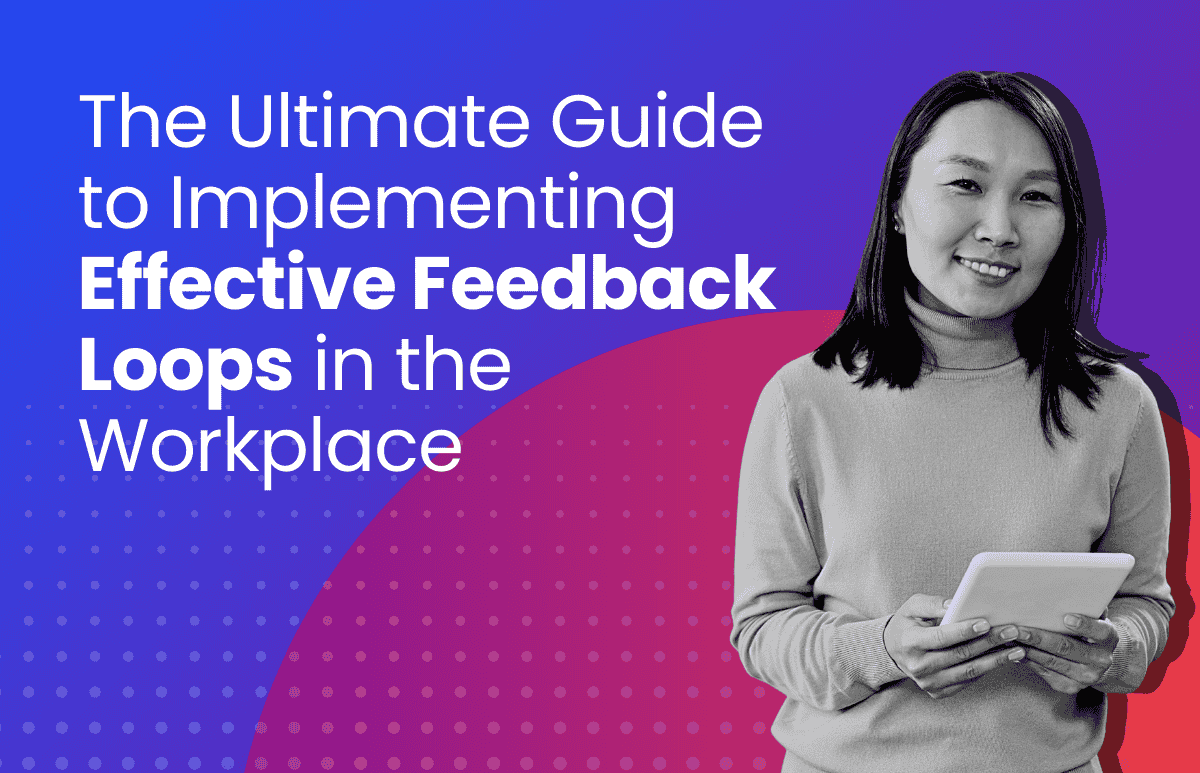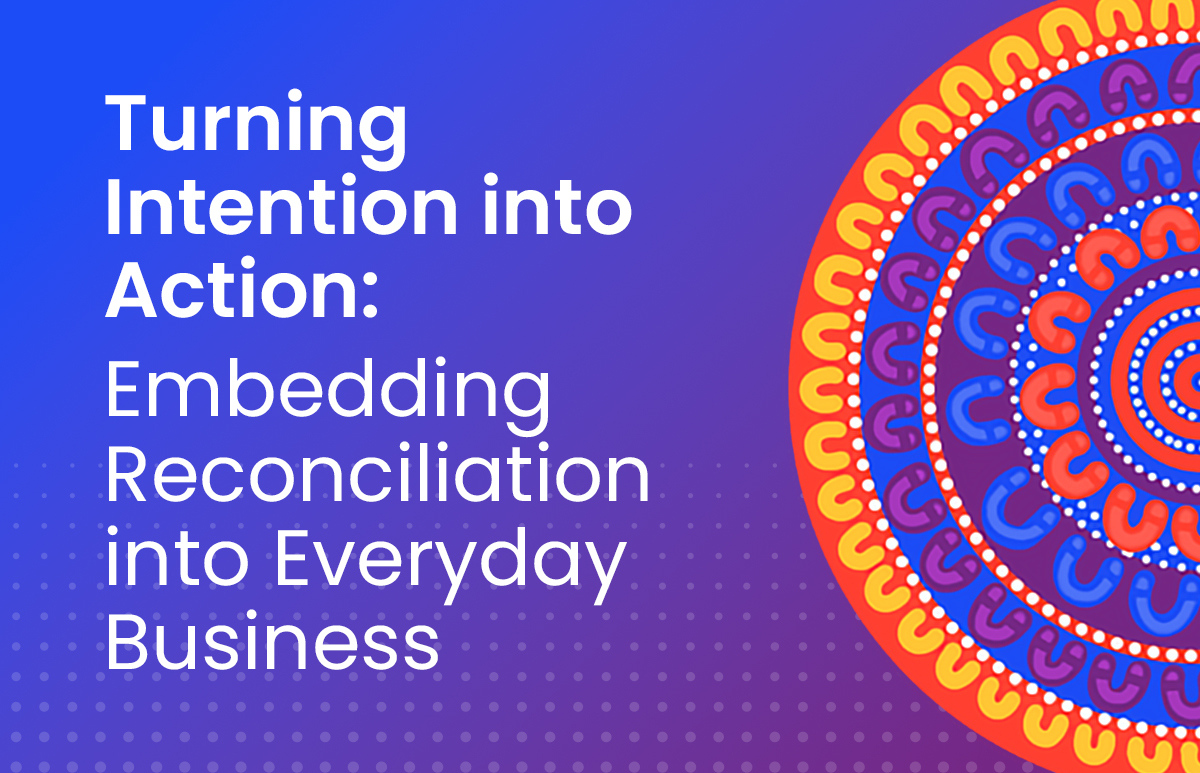Why Does Feedback Fail? How to Invigorate Your Performance Management Process.
You’re doing the reviews. You’re setting the goals. But if feedback still isn’t landing, something’s missing.Take our quiz at the end to find out how good your performance management process is!

Only 42% of Australian employees say they receive ‘helpful feedback often enough to stay motivated’. It’s a clear signal that performance management isn’t quite hitting the mark.
In theory, performance management should be one of the most powerful tools in your HR arsenal. In practice? It’s often treated as a box ticking exercise that’s disconnected from real development, engagement or retention.
So, what does the data say? According to feedback from over 1000 Australian employees in our latest ELMO Employee Sentiment Index (Q2 2025):
- Only 38% of employees say their organisation has a formal and consistent performance management process
- Just 31% strongly agree that their goals and expectations are clear
- 20% don’t believe they’re assessed fairly and transparently
- A worrying 18% say they rarely or never receive helpful feedback
So what does this tell us? These metrics indicate that the signal’s being lost and that there’s a disconnect between employer and employee that should be addressed.
Why’s your feedback falling over?
Here’s where many performance management processes stumble:
1) It lacks alignment with business priorities
When goals are set in isolation from broader business outcomes, employees lose sight of the broader point of their role. This kind of disconnect saps employee motivation, causes performance issues and manager anxiety, and lacks the punch necessary to co-ordinate better business outcomes.
2) It’s episodic, not ongoing
All too often, feedback only happens once or twice a year, with months of silence in between. This means there’s no solid mechanism to correct course, reinforce goals, or recognise wins in real time.
3 It’s focused on the past, not the future
You’ll often find that much of the review process is retrospective. They’re a quick glance in the rearview mirror rather than a forward focused conversation about staff development and growth.
4) It’s inconsistent across teams
Even when the process is consistent, it’s often applied quite unevenly across the organisation. Some managers go above and beyond, while others do the bare minimum. Some are quite formalised, but many can be ad hoc and run on differing structures. This kind of inconsistency creates sporadic outcomes and dubious data for HR.
5) It doesn’t provide dependable data
Well structured performance management and feedback cycles should provide HR and the business with consistent data. This data can then be used to identify brewing issues, reward outstanding performance, and inform decisions around further learning, pay, role correction, or intervention.
The business cost of poor feedback
Poor performance management has ripple effects across the whole business. The good news is that 72% of employees believe their performance is assessed fairly and transparently, but only 27% strongly agree. This means that there’s room for growth here!
Some real costs to consider when feedback fails:
- Engagement drops.
When people don’t know where they stand or how to improve, they disengage. In fact, just 28% of employees say they feel strongly engaged and motivated. - Top talent walks away.
High performers want to grow and appreciate clear pathways for advancement and recognition. - Burnout rises.
Without clear goals and regular reinforcement, work becomes reactive and overwhelming. It’s no coincidence that 40% of employees are reporting burnout. - Leaders miss insights.
Without reliable performance data, it’s hard to make informed decisions on promotions, learning, or workforce planning.
While the Right to Disconnect legislation has been in effect for 12 months, burnout is still high (two in five employees experience it). Feedback isn’t just about productivity, it’s also about protecting your people’s wellbeing.
What does good feedback look like?
Here’s what high performing organisations do differently:
- Make feedback frequent and expected.
Regular check-ins keep feedback alive. Think monthly convos, not just formal yearly rituals. - Connect goals to business impact.
Clear alignment between individual outcomes and strategic objectives helps people see the bigger picture. - Use data to track and improve.
Real-time insights (from both managers and peers) should help HR leaders understand how performance is trending, and where to intervene. - Pay mind to psychological safety.
Feedback shouldn’t feel punitive or create fear! When employees feel safe, they’re more likely to ask for guidance and act on it. - Assist managers, don’t burden them.
The best performance and feedback tools don’t just track reviews, they also guide managers through the process with templates and reminders.
How Performance Management software drives better business outcomes
Effective performance management software like ELMO Performance aligns people with purpose as well as strengthening engagement and underpinning better decisions. It’s not just about the appraisals themselves, it’s about unlocking real potential for all involved.
Here’s how ELMO Performance makes a difference;
- Aligns goals to business strategy.
Ensures every employee is working towards what matters most. - Builds a culture of accountability.
Ongoing feedback drives engagement and continuous improvement. - Enables better decisions.
Current data feeds insights to help leaders identify and invest in top talent and intervene when issues are brewing. - Reduces admin and increases impact.
Automated workflows free up HR to focus on strategy. - Supports retention and growth.
Clear development pathways boost employee satisfaction and performance.
With ELMO Performance, you turn reviews into results and connect performance with progress and purpose.
 HR Core
HR Core 









